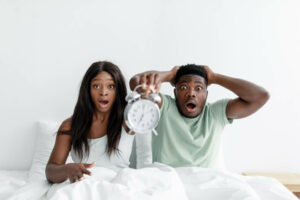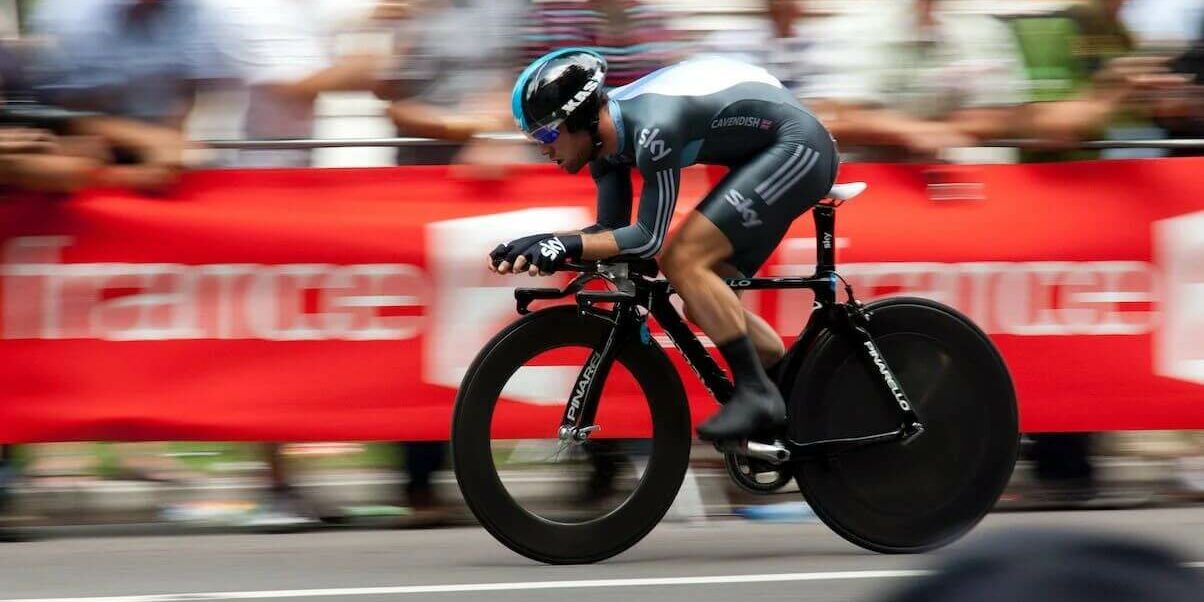Despite the many health benefits of bicycling, some riders report genital pain, erectile dysfunction, and even cancer as side effects. Fortunately, there are easy ways to stay safe while still participating in your favorite sport.
Bicycle Seat and Pelvis
When you ride your bike vigorously, you put a lot of pressure on your perineum, which might lead to genital problems.
Sitting normally places the body’s weight on the pelvis, and more especially, on the strong sit bones (ischial tuberosities), which are meant to withstand this weight, protecting the perineum from pressure.
However, as any biker worth their salt can tell you, when you bend forward to grab the handlebars while resting your behind on a conventional (long-nosed, teardrop-shaped) bike seat, your privates not only touch the seat but also end up bearing part of your upper body’s weight.
Researchers found that male bicycle patrol officers experience an average perineal pressure of 2.9 psi while riding, with occasional readings nearly twice that high. Therefore, it should come as no surprise that this added stress makes life difficult for some individuals.
Sexual Dysfunction and Genital Discomfort in Women
The perineum is the last stop for blood and nerves before reaching the labia and clitoris. Compression of these areas when pedaling reduces sensation and blood flow, which can lead to numbness and pain. Reducing feeling in the vaginal area was common among women bikers, and a recent study found that 60% of serious female cyclists had pain, tingling, or numbness within one month of the study.
Pressure isn’t the only thing that can cause health concerns for women bikers; the combination of dampness and friction can wreak havoc on their bodies as well. Some examples of these conditions include vaginitis, which can be caused by bacteria or yeast, and bladder infections, which are more common when the urethra is inflamed, as might happen when a horse rubs against a saddle. Saddle sores can also be caused by friction and pressure.
Avoidance Strategies
- Getting a new, noseless saddle and making sure the seat is positioned correctly will help relieve strain on the perineum. You won’t believe how much you relied on the nose of the seat for balance correction before you get used to these, but it won’t be long at all. (By the way, if you’re still not convinced about the nose/balance thing, here’s something to think about: going around on a bike doesn’t help you stay balanced, despite what most people think.) Whatever the case may be, a wide saddle is often considered the best option for women’s anatomy, yet it’s important to remember that cut-out saddles are not advised. Research has shown that they put more strain on the perineum.
- Raising the handlebars above the seat heightens the feeling of the genital area. Recent research involving 48 elite female cyclists found that riding with higher handlebars improved nerve function and reduced pressure on the genital regions.
- Invest in a quality pair of women-specific cycling shorts and avoid wearing underwear with them to avoid infections and saddle sores. Additionally, individuals need to prioritize personal hygiene by promptly cleaning and drying the genital area following a ride. They should also adhere to general recommendations for infection prevention, such as wearing cotton underwear and wiping from front to back. To reduce friction, shaving or waxing the area is recommended by many professional women riders.
- When selecting a bike saddle, prioritize comfort and proper fit. Ensure the saddle matches your anatomical needs, considering factors like width, shape, and cushioning. An ergonomically designed saddle that supports your sit bones can reduce pressure on sensitive areas, minimizing discomfort during and after rides.
- After cycling, practice good hygiene to mitigate potential issues. Change out of your cycling gear promptly and cleanse the genital area with mild, pH-balanced soap. Ensure thorough drying to prevent moisture buildup, reducing the risk of infections and saddle sores.
- Adjusting your bike’s setup can significantly impact comfort. Opt for a riding position that minimizes pressure on the perineum. Slightly tilting the saddle downwards or experimenting with handlebar and seat height adjustments can distribute weight more evenly, alleviating strain on sensitive genital areas.
- Investing in quality cycling shorts with adequate padding can provide additional comfort. Padded shorts act as a cushion between your body and the saddle, reducing friction and pressure points. Opt for moisture-wicking materials to keep the genital area dry and minimize the risk of skin irritation.
- During extended rides, incorporate breaks to relieve pressure on sensitive areas. Stand up, shift your position, or temporarily shift weight off the saddle to allow blood circulation and reduce compression on the perineum. Frequent breaks prevent continuous pressure buildup, minimizing discomfort.
Important Statistics
- Studies indicate varying prevalence rates of genital numbness among cyclists. While it’s commonly associated with male riders, findings suggest that up to 61% of female cyclists experience genital numbness, highlighting that this issue isn’t exclusive to men.
- Research delving into male cyclists’ fertility reveals intriguing data. Studies suggest that prolonged and intense cycling may contribute to reduced sperm quality, affecting fertility. One study found that male cyclists have a higher risk of decreased sperm concentration and motility compared to non-cyclists.
- The incidence of vaginal infections due to cycling remains a concern among female riders. Statistics show that prolonged pressure, heat, and friction from bike saddles contribute to an increased likelihood of vaginitis and bladder infections. Research highlights a notable 40% rise in these infections among female cyclists compared to non-cyclists.
- A significant proportion of female cyclists seek medical consultations related to cycling-induced discomfort. Statistics indicate that approximately 25% of women who frequently cycle seek medical advice for issues such as saddle sores, genital numbness, or pain during or after riding.
- Comparing gender-specific discomfort related to saddle pressure reveals nuanced insights. Studies suggest that women are more likely to report genital pain and discomfort due to saddle-related issues than men. Approximately 70% of female cyclists reported saddle discomfort compared to around 48% of male cyclists.
Long-Term Negative Affects Of Bike Riding
Understanding the physiological effects of cycling on genital health is crucial. Prolonged pressure on the perineum can result in discomfort, numbness, and even potential long-term issues. Both male and female cyclists might experience genital numbness, sexual dysfunction, or vaginal health concerns due to saddle-related pressure. It’s essential to acknowledge these potential effects and take proactive steps to minimize discomfort and maintain genital health while enjoying the sport.

Almonds come in two primary varieties: sweet and bitter. While sweet almonds are commonly consumed…

Migraines, intriguingly complex and often misunderstood, are a type of primary headache, distinct in their…

It appears that a high-sodium diet may not increase blood pressure or negatively impact cardiovascular…







